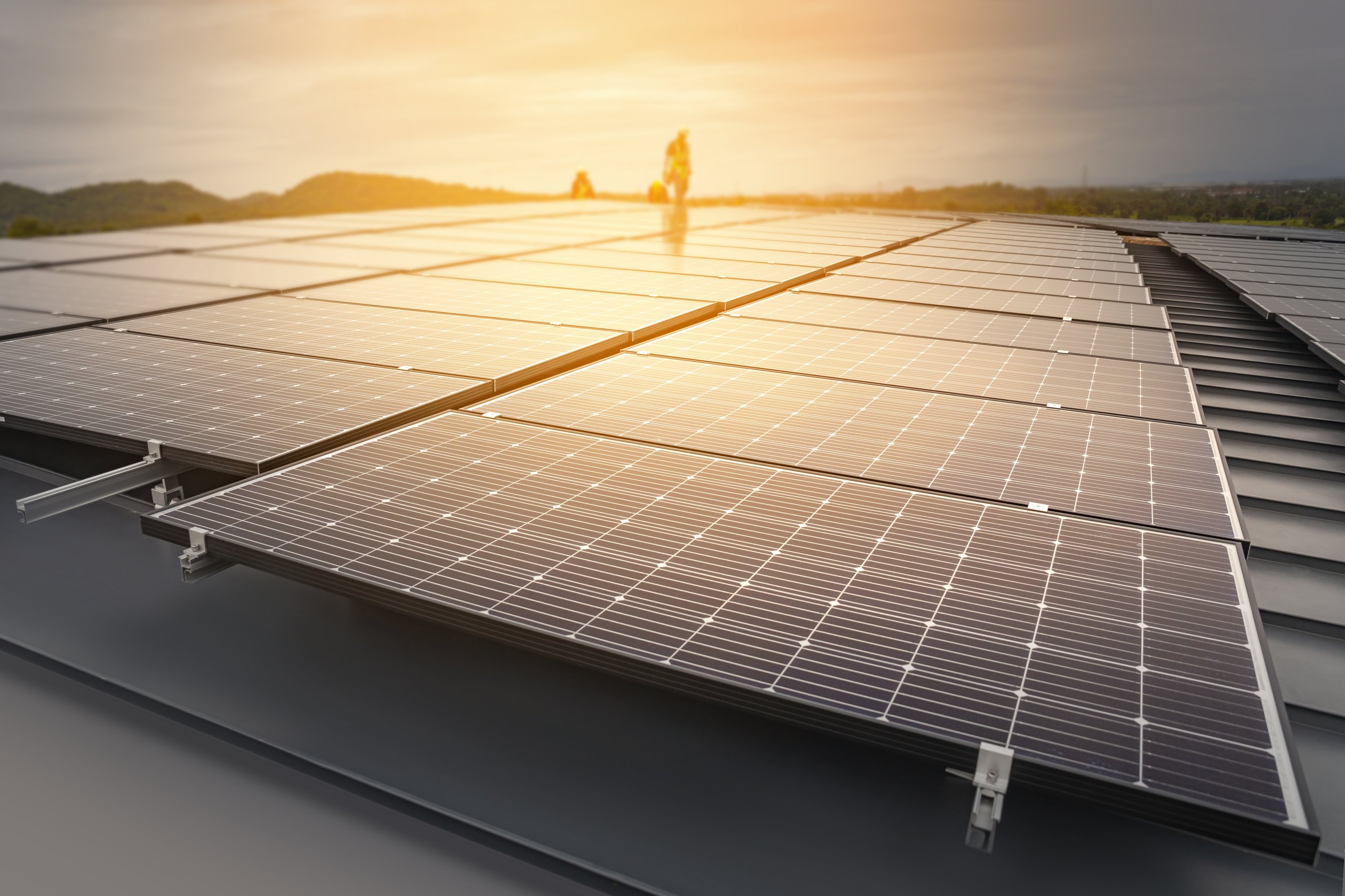By Mehrdad Farshchi
Imagine you chose to install a Photovoltaic (PV) system on a commercial building today, with a typical lifespan of 30 years, and a payback period of roughly 4-5 years. That’s a hefty amount of time the system is providing you with free power!
Now, the exact payback period of a PV system varies depending on different factors (i.e. PV system initial cost, generation, saving and …). However, the typical payback period of a PV system is between 4 and 5 years, so the advantages are clear to see, especially if there are commissioned and maintained regularly. In terms of lifespan, the major elements of a PV system are PV panels and inverter(s). The PV panels are the robust element of a PV systems. High quality PV panels have at least 10-year product warranty and 25-year power output warranty that guarantees output capacity of at least 95% for 5 years, 90% for 10 years, 87% for 15 years, 83% for 20 years and 80% for 25 years. The current warranty period for high quality inverters varies between 10 and 15 years. Also, the design life of the PV system structure is normally around 30 years. There are a number of opportunities available to maximise the PV system’s full capacity:
- Optimising PV modules orientation and tilt angle. At least PV modules should have a minimum of 5 degrees tilt for self-cleaning
- Shading from surrounding obstacle, buildings, vegetation, or other structures should be avoided as much as possible particularly between 10 am to 4pm
- Easy, continuous access to all PV panels for cleaning and maintenance
- The PV system design and installation should be done by qualified people and comply with the national codes and regulations.
- PV system commissioning, data analysis, maintenance and data analysis are important to maintain the PV system output capacity in an acceptable/expected range over the system lifespan
- The inverter(s) should not be exposed to rain and direct sun light. It is important to follow manufacturer’s requirements for outdoor and indoor installation of inverters (e.g. easy access to inverters)
- Minimise the cable length between PV panels and inverters to minimise the cable losses.
PV systems have a significant impact on carbon reduction savings. Assume that a building with a roof top PV system has an average daily generation of 300 kWh. If all electrical energy generated from PV is used by the building, the annual electrical energy reduction will be equal to 109,500 kWh in a year. This reduction in the electricity consumption leads to an approximate 91 tons reduction in annual CO2 emissions which has major benefits to the environment. Property owners reap additional benefits form a well-integrated PV system:
- The initial cost of PV systems has been reducing significantly from previous years. Now days, there are various options to make the payment of the PV system capital cost systems easier (i.e., green loans)
- The owners can install PV systems on the available roof areas to generate electricity for the building. The electricity generated from the PV system can cover either common areas or tenant demands. Basically, the rent/selling price of such building is higher than other similar buildings that just rely on the grid electricity
- Better aesthetics for the building
- Greater power reliability and flexibility
- Even if the PV system just covers a fraction of the building demands, it helps to reduce the peak load during peak periods. This leads to a significant reduction the electricity bills.
- PV systems are low‐maintenance (no moving parts in the majority of cases), with a module lifetime of at least 30 years
- The building operating cost is independent of fuels and electricity price. Even the extra generation can be exported to the grid
- Even in climates of only moderate solar radiation, enough PV for self‐sufficiency can easily be accommodated on the roof of a single‐family dwelling.
Mehrdad Farshchi is a Senior Commissioning Manager at WT. A multidisciplinary consultant/engineer with expertise in heating, ventilation, and air conditioning (HVAC) systems, Photovoltaic (PV) system design, energy efficiency, and Low energy buildings. Mehrdad has a PhD in Photovoltaic and Renewable Energy Engineering.



